Review for Lesson of Evil
Introduction
Third Window Films are returning to director Takashi Miike for their September release, and this time they have opted for something a little more mainstream than their first offering, For Love’s Sake. You can’t get away from the high school setting though, as Lesson of Evil takes us back into the classroom, for a dose of exploitation and violence. Warning: If events like Dunblane, Columbine, Sandy Hook and Virginia Tech have left you sensitive to similar depictions in fiction, then avoid this film.
High school life can be pretty tough, for teachers and students alike. Students always try to get one over on the faculty when it comes to cheating at exams, there’s bullying of students, of teachers, the constantly aggrieved parents whose little angels can do no wrong, and then there are those illicit teacher student relationships. High school can be a minefield, but class 2-4 have it lucky, with the coolest teacher in school, Seiji Hasumi. He’s likeable, friendly, charismatic, popular among the students and the faculty alike, and most importantly for those students in need, he can help them plot their way through that perilous minefield. But Seiji Hasumi isn’t all that he appears to be. He has a hidden past, and a personal agenda, and he’s keeping class 2-4 behind after school to teach them a once-in-a-lifetime lesson.
The Disc
Lesson of Evil is presented with a flawless 2.35:1 widescreen transfer at 1080p resolution. There are no signs of compression or aliasing, certainly no glitches, and it looks to be a spot on reproduction of the original source material. That said, the source material varies in clarity, although whether through directorial choice is unclear. Certainly, some scenes which look overexposed and washed out, are so to convey mood and atmosphere, as is the film’s subdued colour palette. However, generally darker scenes are a little lacking for detail. The audio comes in DTS-HD MA 5.1 Surround Japanese. The dialogue is clear throughout, while the film’s action and ambience come across effectively. The subtitles are accurately timed and free of typographical error, although some of the English words when spoken by Japanese characters get odd English ‘translations’. For some reason, either the subtitles or the Japanese get ‘cunning’ and cheating mixed up, and I suspect it’s the latter. When there is full English dialogue later on in the film, subtitles are absent, which is unfortunate as some of the accents are incomprehensible.
Extras
Lesson of Evil presents its content with an animated menu.
The sole extras are the theatrical trailer and the Making Of. However the Making Of does run to a full two hours in length, and is presented in 1080i HD. It’s a behind the scenes documentary that follows the film crew over all 45 days of the shoot. However, it’s very much a fly on the wall affair, with text captions (translated in subtitles) narrating what is happening on screen, no voiceover, and only the briefest of interviews caught on the fly with the cast and the crew. I found it a little monotonous at such a length, not made any easier by a lack of chapter markings. As always, the quality of the subtitles on the extra features isn’t up to the standard of the main feature subtitles, but it’s all legible enough.
The images in this review are sourced from the PR and aren’t necessarily representative of the final retail release.
Conclusion
Wayward school children, acting out of control, typifying all that is wrong with modern society, eventually pushing their elders over the edge with horrifying consequences? You want to watch Battle Royale. Maybe a teacher pushed beyond breaking point by the actions of the class, wishing to deliver a lesson that teaches something not in the curriculum, but going too far with devastating results? You want to watch Confessions. You won’t be satisfied with Lesson of Evil, which has been described as a cross between Battle Royale and Confessions, but is a pale shadow of either. It lacks the satire, wit and creative originality of Battle Royale and it can’t match the character depth and psychological weight of Confessions. In the end, Lesson of Evil reminded me more of the Strategies, Battlefields, Friends episode of School Rumble, and if a violent exploitation movie reminds you of an episode of a romantic comedy anime, then it’s really doing something wrong.
What Lesson of Evil wants to be is an American Psycho, making what should be the film’s antagonist the actual protagonist, and put the audience in the uncomfortable position of getting to know him, sympathise with him, and try and understand what makes him tick, just why he would stoop to such acts of depravity. It should lead you on a gradual journey where you start off sympathetic and even complicit in his actions, but as the story unfolds, your sympathies begin to waver, but you won’t even realise the moment that the line gets crossed until it’s far too late. The way that D-Fens was developed in Falling Down is a case in point. With Hasumi in Lesson of Evil, what we get is mere binary, the charismatic and likeable teacher on the outside, with a barely concealed psychopath under the surface. This isn’t helped any by the flashback sequences, which right from the start establish him as a nasty piece of work. There’s no uncomfortable empathising possible here, it’s just a matter or waiting for the moment that he ‘pops’.
What are left are the traditional protagonists... his victims. In a more conventional psycho movie, you get to know the victims first and foremost, the teenagers who wander into abandoned buildings against all narrative conventions, the girls who explore said buildings is flimsy lingerie, the overconfident boys who simply know that they are strong enough to protect their girlfriends, the ethnic minority who’s certain that he’ll be the first to die. In Lesson of Evil we do get a trio of students who start to investigate their teacher, along with the help of the comic relief physics teacher, but because the film is intent on developing Hasumi’s character, few of the students are developed enough to make them interesting. They’re just sketched out in the briefest of terms and you never really get to know most of them well enough to be invested when the excreta hits the fan. When it comes to the usual slasher flick game of guessing which of the cannon fodder will survive till the end of the movie, it’s hard to care enough to play.
In the end, Lesson of Evil just about works as an exploitation flick. It’s not deep, it’s not thought-provoking, the satire isn’t biting enough, and it lacks the complexity and thoughtfulness of character to be anything more. Despite being crippled by the needless foreshadowing, the character of Hasumi is likeable and engaging enough to make the film watchable. And you get the sick, vicarious glee that is requisite in these films when he does eventually go on his killing spree. The film has enough in the way of morbid humour to keep things entertaining, but it really needed more in the way of variety and originality when it comes to the actual kills. When it comes to high school violence and Takashi Miike, I prefer his Crows Zero films to Lesson of Evil. They may be in completely different genres, but the characters and narrative are a lot more engaging in the former.
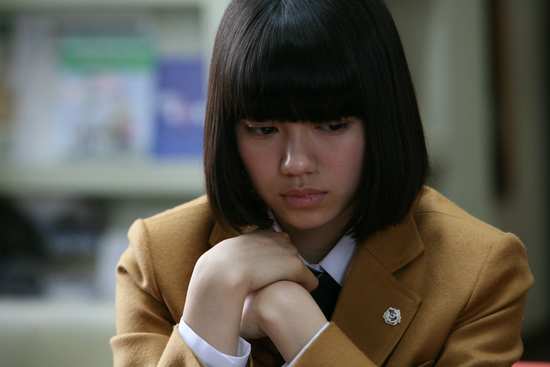
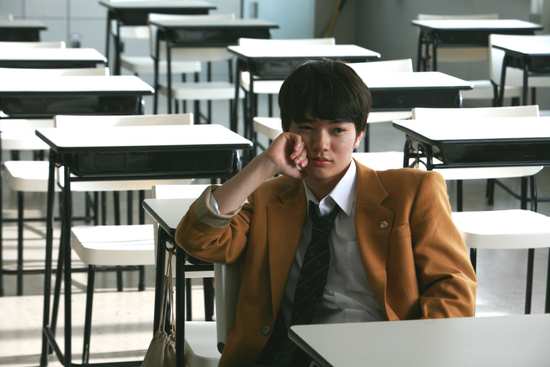
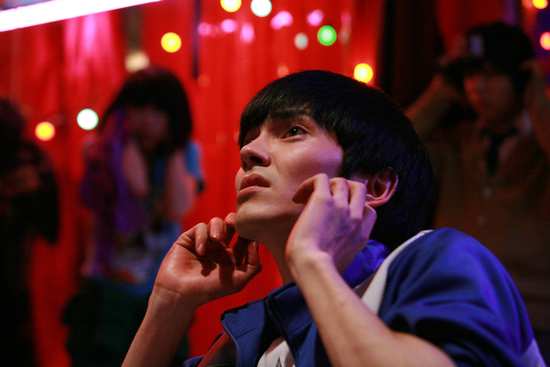
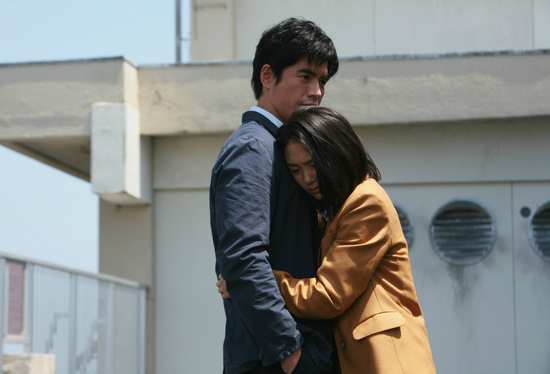
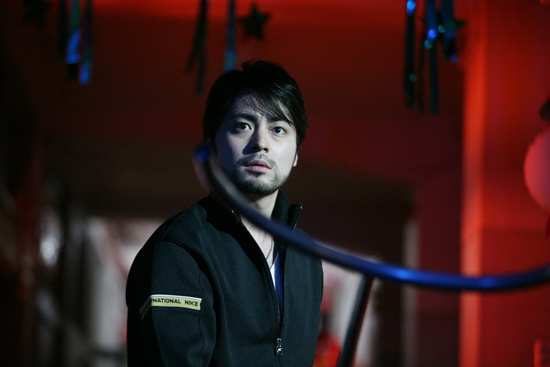
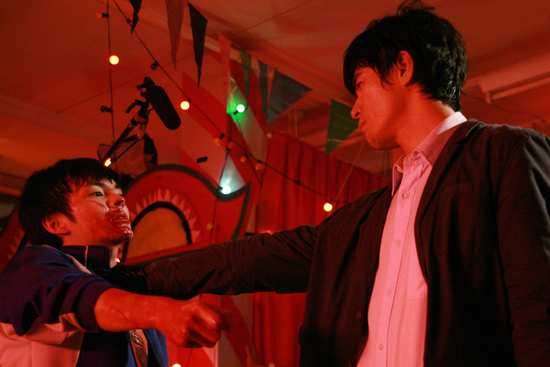

Your Opinions and Comments
Be the first to post a comment!